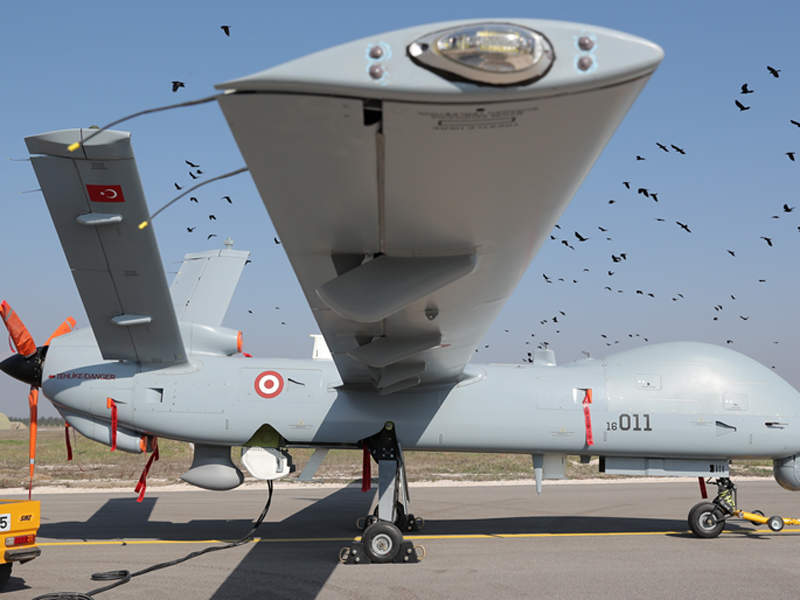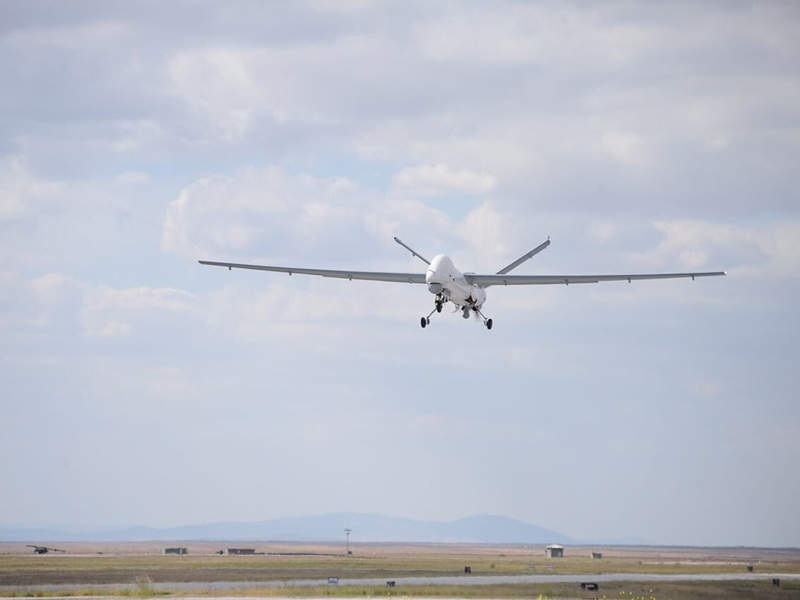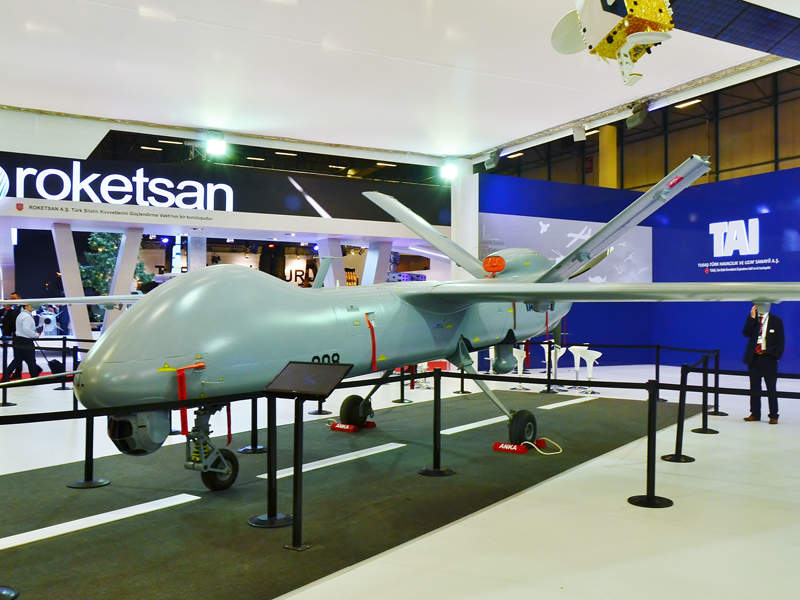Anka-S is the serial production variant of Anka medium-altitude, long-endurance (MALE) unmanned aerial vehicle (UAV), which was developed by Turkish Aerospace Industries (TAI) for the Turkish Armed Forces.
Turkish procurement agency Undersecretariat for Defence Industries (SSM) signed a framework agreement with TAI to develop and produce ten Anka-S UAVs and associated ground stations to meet the requirements of the Turkish Air Force, in October 2013.
The UAV performed its maiden flight in September 2016 and entered serial production in 2017. The first batch of two Anka-S UAV systems was delivered to the Turkish Air Force in February 2018, while two more aircraft are scheduled for delivery later this year.
The unmanned aircraft can conduct a range of missions such as real-time intelligence, surveillance and reconnaissance (ISR), communication relay, target acquisition and tracking.
Avionics and flight control
The composite structure of Anka-S integrates an indigenously developed fully autonomous flight control computer to provide autonomous waypoint navigation and flight control. The autonomous system also enables the UAV to automatically return to the pre-defined location in the event of loss of communication with the ground control station.
The synthetic aperture radar (SAR), inverse SAR (ISAR), and ground moving target indicator (GMTI) radar onboard the UAV are used to detect, identify and track stationary or moving ground targets.
The Anka-S variant is fitted with a modified radome structure incorporating ViaSat VR-18C high-power airborne satellite communications (SATCOM) antenna, which provides secure, high-speed beyond line-of-sight (BLOS) communications.
Anka-S UAV payloads
With a payload capacity of 200kg, the Anka-S platform can carry a range of mission-specific payloads.
A new-generation electro-optic / infrared (EO / IR) camera is fitted for capturing high-resolution imagery and video in all-weather, day / night conditions. The UAV also features an identification friend or foe (IFF) system, laser designator and laser range finder.
The UAV has two underwing weapon stations, which can carry weapons such as the Rokestan Smart Micro Munition (MAM-L) air-launched missile launcher and the CIRIT 2.75in guided rocket pod to engage light armoured vehicles, personnel, military shelters, and ground radar stations.
Command and control
The Anka-S UAV can be operated in both autonomous and remote control modes. In the autonomous mode, the onboard flight control computer guides the aircraft to each pre-defined waypoint. In the remote control mode, the UAV is flown by its operator from the ground control station using a digital computer.
The operator can send command and control, and mission objectives to six UAVs through the airborne SATCOM antenna and Turkish Armed Forces Communication System (TAFICS). The satellite terminal also allows the operator to alter the flight path during flight mode.
The information acquired by the UAV is transmitted in real-time to the ground control station using a cryptographic data link.
Equipped with automatic take-off and landing systems, the air vehicle can perform emergency landings on unprepared surfaces with the support of tri-cycle landing gear.
Anka-S engine and performance
The Anka-S UAV is powered by a PD170 turboprop engine, which was developed indigenously by Turkish Engine Industries (TEI) under a contract signed with TUSAS in October 2014.
The engine, which runs on diesel and JP-8 jet fuel, delivers a maximum power output of 150hp. A three-blade pusher propeller mounted at the rear provides superior performance at high altitudes.
The unmanned aircraft has an endurance of more than 24 hours and can fly at a maximum altitude of 30,000ft.
The Global Unmanned Aerial Vehicles (UAV) Market 2011-2021
This project forms part of our recent analysis and forecasts of the global unmanned aerial vehicles (UAV) market available from our business information platform Strategic Defence Intelligence. For more information click here or contact us: EMEA: +44 20 7936 6783; Americas: +1 415 439 4914; Asia Pacific: +61 2 9947 9709 or via email.






